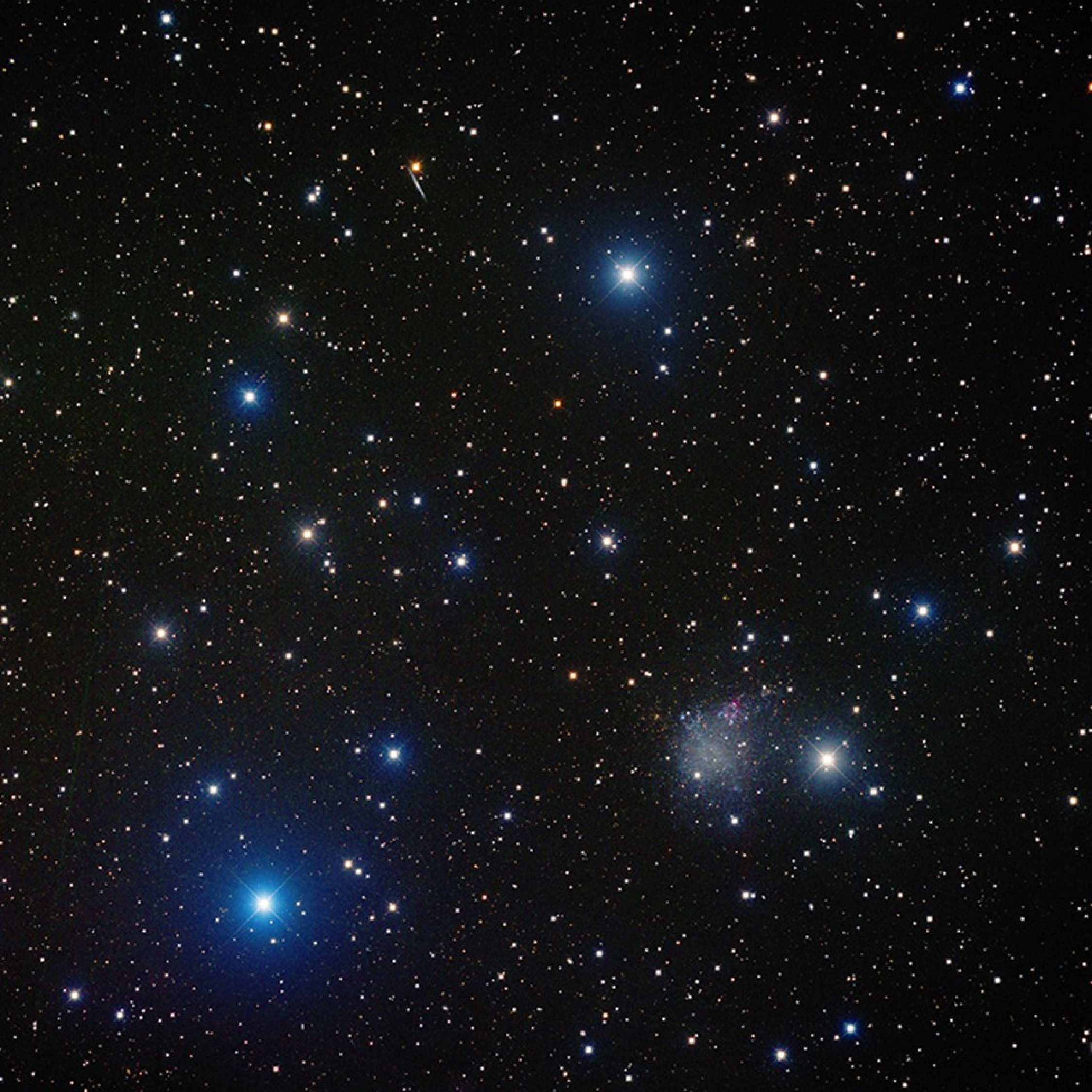Chapter 13 The Stars

1
April 2019 - IC 1613 - Tim Stone PhotographyStars are massive, luminous celestial objects [Figure 13.0.1] that emit energy in the form of light and heat. They are made up of hot, glowing gas and are fueled by nuclear fusion, which occurs when atoms of hydrogen combine to form helium. Stars come in a wide variety of sizes, colors, and temperatures, and their properties are determined by their mass. The most common type of star is a main sequence star, which is powered by nuclear fusion of hydrogen into helium in its core. Stars can also evolve into other types of stars, such as red giants, white dwarfs, neutron stars, and black holes, depending on their mass and composition. The hottest stars emit a blue-white light and the coolest stars emit a red-orange light. Stars are an essential part of the universe, as they provide the energy and building blocks necessary for the formation of planets, moons, and other celestial bodies. They also play a crucial role in the evolution of galaxies, helping to shape their structure and composition over time. Stars are classified according to their spectral type, which is determined by the temperature of their surface. The spectral types range from O (the hottest and most massive) to M (the coolest and least massive). The color of a star also depends on its temperature, with hotter stars appearing bluer and cooler stars appearing redder. Stars are also important in the search for extraterrestrial life. Scientists believe that habitable planets may exist in the "habitable zone" around stars, where the temperature is just right for liquid water to exist. This has led to the search for exoplanets, or planets orbiting other stars, which may potentially support life. Today, astronomers continue to study stars in order to learn more about their properties and behavior, and to unlock the secrets of the universe.
